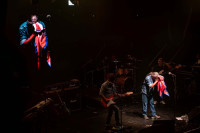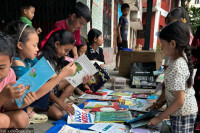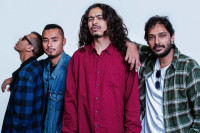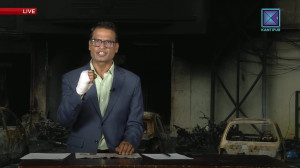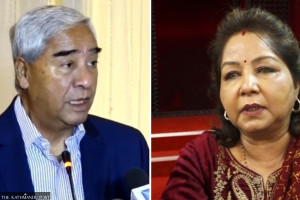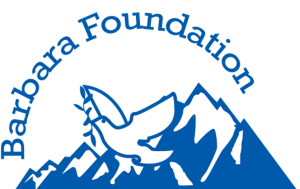Entertainment
Five Nepali pop icons who feed 90s nostalgia
The definition of pop music has evolved throughout history ever since the genre originated in the United States during mid-1950s Pop music in general has primarily embodied commercial, ephemeral and accessible characteristics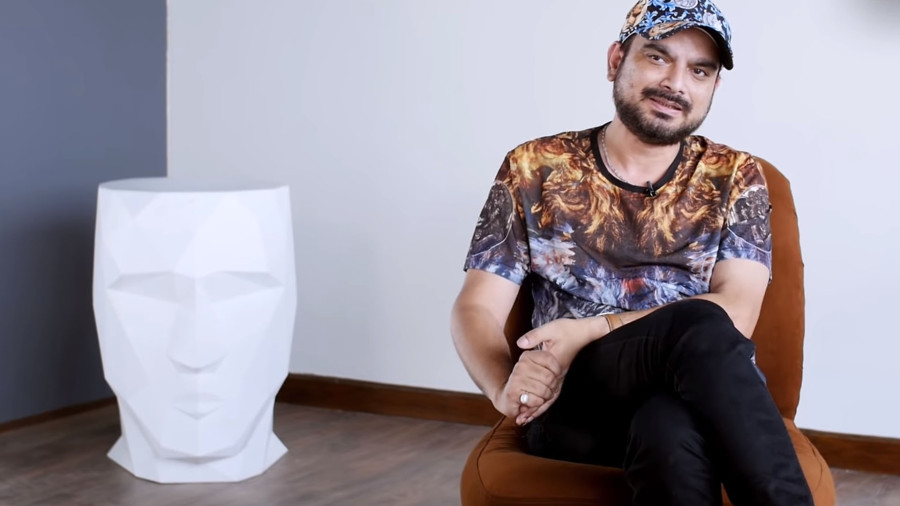
Asmita Manandhar
The definition of pop music has evolved throughout history ever since the genre originated in the United States during mid-1950s. Pop music in general has primarily embodied commercial, ephemeral and accessible characteristics.
But Nepali pop has its own story of evolution. Commercial Nepali music indulged in its folk roots during the beginning, but later when on to be influenced by Bollywood tunes and styles. In the 70s and 80s, the most popular genres were ‘adhunik’ (modern) and ‘attyadhunik’ (ultra-modern), which can be grouped closer to the Nepali pop music that experienced full boom during the 90s.
Nepali pop music in the 90s, with an explosion of young artists on the scene, struck a chord with its primary audience, which was youths. There were many solo artists and bands that were one-hit wonders during that period—Sharmila Bardewa and bands like Kandara and Brosis. But there were also many who really established their presence during the heydays of Nepali pop—so much so that Nepali audiences still hum their hit numbers, sometimes with a bit of a shoulder shake.
Here’s a list of artists who were icons for Nepali millennials.
Deepak Bajracharya

With hits such as Oh Amira, Kali kali hissi pareki and Maya ko dori le, Bajracharya created a niche within Nepali pop music with an infusion of Latino beats and English lyrics in his songs. His persona—long hair, a solemn expression and a guitar flung over his shoulders—grabbed the audience’s attention as quickly as his music did. But it was his continuous commitment to producing original music that has made him one of the best Nepali pop artists till today.
Later, in the early 2000s, Bajracharya reinvented his music, even presenting revised renditions of his old songs with the assimilation of dhime music—traditional Newar orchestra—in his live performances. However, he was able to retain his groovy pop style even when using traditional musical instruments. He is still the audiences’ favourite for his infectious energy during his live performances when he is joined by his band The Rhythm.
His latest hit Man Magan released via his official YouTube channel on April 13, 2018 has garnered 10 million views, showing his relevancy even almost three decades after he started his career.
Nalina Chitrakar

The Mehendi Lagau hitmaker captured the hearts of many youths when she started her career with mostly preppy songs. She was among the few female artists who were able to show their presence through the 90s, when the genre was dominated by male artists.
Many female singers during her time were mostly playback singers for Nepali films but Chitrakar refused to go that route. She persisted in the pop music scene as a solo artist with eight albums released till date. But it was during the 90s when Chitrakar’s career was at its peak.
It was also her bubbly persona that felt relatable to many young, impressionable women at the time. Her songs mostly played on the idea of searching for freedom, finding oneself and ‘girls having fun’—which was her niche in the 90s pop music scene.
She sporadically released her songs in the early 2000s, with her single Pani-pani widely adored by the audience. She released another single Saas le in 2014 but it did not succeed as much as her earlier songs.
Nabin K Bhattarai

Nabin K Bhattarai has to be one artist who was instantly able to garner a massive fan following with his debut single. He was initially part of a band named The Steel wheels as a vocalist and rhythm guitarist during his college days but decided to venture into a professional solo career with his first album, ironically titled Raharai raharma.
Many of his songs from the album such as Aakhama timilai, Sajha pakha ekantama and Timilai ma dobatoma, among others, were big hits during their release. During his initial years, his persona wasn’t as flamboyant as his voice—he used to wear a cap even during live performances and would cling to his guitar without even standing once from his seat. But that has changed over the years.
In early 2000s, he even starred in his music video for the single Timi hau lakhauko dhadkan and his songs too shifted from more melancholic and soulful tunes to groovier ones.
In the 90s, Bhattarai was titled the ‘King of Nepali pop’ by various media outlets, probably owing to his unwavering fan following and his continuous production of wholesome albums.
Kunti Moktan

Although Moktan started her singing career with folk songs, after her partnership with Sila Bahadur Moktan, a famed music composer and her husband, she became more flexible and inclined towards the pop genre. In the 90s, she was admired for her vocal range by audiences and critics alike.
From Mathi mathi sailungema to Timi binako jeevan saaro bho, Moktan never failed to deliver a usually power-packed performance as she easily transitioned between genres. Trained in classical music, her voice lived up to musical variations and was one of the favourites of pop audiences as well. Although she is the most veteran among all of the singers on this list, she is still relevant—with admirers who can still be heard humming her timeless hits. Both of her daughters, Sheetal and Subani Moktan, dabbled with commercial musical careers but they have yet to prove their singing prowess as the legend herself.
Sanjay Shrestha

With his denim-on-denim style, a boy-next-door look and a tinge of awkwardness, Sanjay Shrestha captured the hearts of many young people during the 90s. He is also responsible for the most popular Nepali pop love anthem, Maya meri maya.
Shrestha’s appeal to the urban youth was attributed to his distinctive fusion of western-style singing with traditional Nepali instrumental music. In 1992, Shrestha founded the pop music band Crossroads but he is mostly known for his solo career.
Apart from his music, his relatable persona was also a big factor in his rise to fame during the era. His hits, such as Tadha najaaideu timi and Eghara bahra tehra, are regarded as timeless classics by 90s kids, but they may be regarded as relics by the new generation of young people due to his long hiatus from the music scene.




 15.63°C Kathmandu
15.63°C Kathmandu.jpg)
